Oxycodone versus Hydrocodone: Understanding the Differences
When it comes to managing pain, two commonly prescribed medications are oxycodone and hydrocodone. While both drugs are opioid analgesics and have similar effects, there are some key differences between the two. In this article, we will explore the characteristics of oxycodone and hydrocodone, their uses, potential side effects, and precautions.
Characteristics of Oxycodone
Oxycodone is a potent opioid painkiller that is derived from thebaine, a natural alkaloid found in the opium poppy. It is classified as a Schedule II controlled substance due to its high potential for abuse and addiction. Oxycodone works by binding to opioid receptors in the brain and spinal cord, blocking pain signals and producing feelings of euphoria and relaxation.
Oxycodone is available in various formulations, including immediate-release tablets, extended-release tablets, and oral solutions. Immediate-release oxycodone is typically prescribed for acute pain, while extended-release formulations are used for chronic pain management. The extended-release version provides a steady release of the medication over an extended period, allowing for around-the-clock pain relief.
Characteristics of Hydrocodone
Hydrocodone is also an opioid analgesic that is derived from codeine, another alkaloid found in the opium poppy. It is classified as a Schedule II controlled substance, similar to oxycodone. Like oxycodone, hydrocodone works by binding to opioid receptors in the brain and spinal cord to alleviate pain and induce a sense of well-being.
Hydrocodone is available in various forms, including immediate-release tablets, extended-release capsules, and combination products. Combination products contain hydrocodone in combination with other medications, such as acetaminophen or ibuprofen, to enhance pain relief. The immediate-release formulation is typically used for short-term pain management, while the extended-release version provides long-lasting pain relief.
Uses and Indications
Oxycodone and hydrocodone are both used to manage moderate to severe pain that is not effectively controlled by non-opioid analgesics. They are commonly prescribed for conditions such as post-operative pain, cancer-related pain, and chronic pain conditions like fibromyalgia and osteoarthritis.
However, oxycodone is often favored for severe pain management due to its higher potency and effectiveness. It is commonly used in cases where other pain medications have failed to provide adequate relief. Hydrocodone, on the other hand, is typically used for milder to moderate pain and is often combined with other medications to enhance its analgesic effects.
Potential Side Effects
Both oxycodone and hydrocodone can cause a range of side effects, including drowsiness, dizziness, constipation, nausea, and respiratory depression. These medications also carry a risk of addiction and dependence, especially with long-term use or misuse.
It is important to note that the risk of side effects and addiction varies from person to person, and individuals with a history of substance abuse or addiction may be at a higher risk. It is crucial to take these medications as prescribed and under the supervision of a healthcare professional to minimize the potential risks.
Precautions and Considerations
Before starting oxycodone or hydrocodone, it is important to inform your healthcare provider about any underlying medical conditions, allergies, or medications you are currently taking. These medications may interact with other drugs, including antidepressants, sedatives, and certain antibiotics, increasing the risk of side effects or reducing their effectiveness.
It is also essential to follow the prescribed dosage and not exceed the recommended limits. Taking higher doses or using these medications for longer periods than prescribed can increase the risk of side effects and addiction. If you experience any concerning symptoms or have any questions or concerns about your medication, it is important to consult your healthcare provider for guidance.
In conclusion, while oxycodone and hydrocodone are both effective opioid analgesics used for pain management, they have distinct characteristics, uses, and potential risks. Understanding these differences can help healthcare providers and patients make informed decisions about the most appropriate medication for their specific needs.
What is Oxycodone Hydrochloride?
Oxycodone hydrochloride is a potent opioid pain medication that is commonly prescribed to relieve moderate to severe pain. It belongs to a class of drugs known as narcotic analgesics. Oxycodone hydrochloride works by binding to opioid receptors in the brain and spinal cord, blocking pain signals and providing pain relief.
Oxycodone hydrochloride is available in various forms, including immediate-release tablets, extended-release tablets, and oral solutions. The immediate-release formulation provides quick pain relief, while the extended-release formulation provides long-lasting pain control.
Oxycodone hydrochloride is often prescribed for patients who are experiencing pain that cannot be effectively managed with non-opioid pain medications. It is commonly used for post-surgical pain, cancer-related pain, and chronic pain conditions such as arthritis or fibromyalgia.
It is important to note that oxycodone hydrochloride is a potent medication with a high potential for abuse and addiction. Due to its opioid properties, it can produce feelings of euphoria and relaxation, making it attractive to individuals seeking recreational use. The misuse and abuse of oxycodone hydrochloride can have serious consequences, including overdose and death.
Therefore, it is crucial for healthcare providers to carefully evaluate the risks and benefits of prescribing oxycodone hydrochloride to individual patients. They must consider factors such as the severity of the pain, the patient’s medical history, and any previous history of substance abuse. Close monitoring and regular follow-up appointments are essential to ensure the safe and appropriate use of this medication.
In addition to its pain-relieving properties, oxycodone hydrochloride can also cause side effects. Common side effects include drowsiness, constipation, nausea, and dizziness. These side effects are generally mild and can be managed with proper medication management and lifestyle modifications. However, if these side effects become severe or persist, it is important to consult a healthcare professional.
In conclusion, oxycodone hydrochloride is a powerful opioid pain medication that is used to treat moderate to severe pain. It works by binding to opioid receptors in the brain and spinal cord, providing pain relief. However, due to its potential for abuse and addiction, it must be used with caution and under the guidance of a healthcare professional. Regular monitoring and follow-up appointments are necessary to ensure the safe and effective use of this medication.
When it comes to managing acute pain, healthcare providers often turn to combination medications like Oxycodone/APAP 5-325 mg. This particular medication is a powerful blend of oxycodone and acetaminophen, both of which work together to provide effective pain relief. Acetaminophen, commonly known as paracetamol, is a non-opioid pain reliever and fever reducer that helps to enhance the analgesic effects of oxycodone.
With a dosage of 5-325 mg, Oxycodone/APAP 5-325 mg offers a precise balance of both active ingredients. The number 5 represents the amount of oxycodone present in each tablet, while the 325 mg indicates the amount of acetaminophen. This combination ensures that patients receive the optimal dose of both medications, allowing for effective pain management.
It is crucial to follow the prescribed dosage and take the medication as directed by your healthcare provider. Taking more than the recommended dose can lead to serious health risks, including liver damage from acetaminophen overdose. Additionally, exceeding the recommended dose of oxycodone can result in respiratory depression and other opioid-related side effects.
Oxycodone/APAP 5-325 mg is commonly prescribed for the management of acute pain that requires the use of an opioid analgesic. This may include post-surgical pain, severe injuries, or other conditions where non-opioid pain relievers are insufficient. However, it is important to note that this medication should only be used under the supervision of a healthcare professional, as its misuse or abuse can lead to addiction and other serious consequences.
When taking Oxycodone/APAP 5-325 mg, it is essential to be aware of potential side effects and to report any concerning symptoms to your healthcare provider. Common side effects may include drowsiness, constipation, nausea, and dizziness. If you experience severe side effects such as difficulty breathing, chest pain, or a rapid heartbeat, seek immediate medical attention.
In conclusion, Oxycodone/APAP 5-325 mg is a combination medication that provides effective pain relief by combining oxycodone and acetaminophen. It is important to use this medication responsibly and as directed by your healthcare provider to ensure safe and effective pain management.

Oxycodone 5mg Side Effects
Like any medication, oxycodone can cause side effects. Common side effects of oxycodone 5mg may include:
- Constipation
- Nausea and vomiting
- Dizziness
- Drowsiness
- Headache
- Dry mouth
- Itching
- Sweating
These side effects are typically temporary and may subside as your body adjusts to the medication. However, if these side effects persist or worsen, it is important to consult your healthcare provider.
It is worth noting that oxycodone 5mg side effects, like other opioids, carries the risk of dependence, addiction, and overdose. It is crucial to take oxycodone only as prescribed and to follow your healthcare provider’s instructions closely.
In addition to the common side effects mentioned above, oxycodone may also cause respiratory depression, a potentially serious side effect. Respiratory depression is characterized by slow or shallow breathing, which can lead to oxygen deprivation and other complications. If you experience difficulty breathing or notice any changes in your breathing pattern while taking oxycodone, seek immediate medical attention.
Another important side effect to be aware of is the potential for allergic reactions. Although rare, some individuals may develop an allergic reaction to oxycodone. Symptoms of an allergic reaction may include rash, itching, swelling, severe dizziness, and difficulty breathing. If you experience any of these symptoms, stop taking the medication and seek emergency medical help.
Long-term use of oxycodone can also lead to tolerance, where higher doses are needed to achieve the same level of pain relief. This can increase the risk of dependence and addiction. If you find that you require higher doses of oxycodone to manage your pain, it is important to discuss this with your healthcare provider to ensure appropriate management.
It is also important to note that oxycodone can interact with other medications, including certain antidepressants, sedatives, and muscle relaxants. These interactions can increase the risk of side effects or affect the effectiveness of either medication. Always inform your healthcare provider about all the medications you are taking to avoid potential drug interactions.
Lastly, it is crucial to store oxycodone securely and out of reach of children and individuals who may misuse or abuse the medication. Accidental ingestion or intentional misuse of oxycodone can have severe consequences, including overdose and even death.
In conclusion, while oxycodone can provide effective pain relief, it is important to be aware of its potential side effects and risks. By following your healthcare provider’s instructions, monitoring your symptoms, and seeking medical attention when needed, you can help ensure the safe and appropriate use of oxycodone for pain management.
Hydrocodone is a widely prescribed medication due to its effectiveness in relieving pain. It is often used to manage pain after surgeries, injuries, or chronic conditions such as arthritis. The medication is available in different strengths, allowing doctors to tailor the dosage according to the patient’s needs.
One of the advantages of hydrocodone is its versatility in administration. Immediate-release tablets are commonly prescribed for acute pain, providing quick relief when it is most needed. These tablets are designed to dissolve rapidly in the body, allowing the medication to enter the bloodstream and start working within a short period of time.
On the other hand, extended-release capsules are ideal for patients who require long-term pain management. These capsules contain hydrocodone in a controlled-release formulation, meaning that the medication is released slowly over an extended period of time. This allows for a consistent level of pain relief throughout the day, minimizing the need for frequent dosing.
In addition to tablets and capsules, hydrocodone is also available in the form of oral solutions. These solutions are particularly useful for patients who have difficulty swallowing tablets or capsules, such as the elderly or those with certain medical conditions. The liquid form allows for easy administration and absorption, ensuring that the medication reaches its intended target.
It is important to note that hydrocodone, like other opioids, can be habit-forming and has the potential for abuse. Therefore, it should only be used under the supervision of a healthcare professional and in accordance with the prescribed dosage. Patients should also be aware of the potential side effects of hydrocodone, which may include drowsiness, constipation, and nausea. oxycodone/apap 5-325 mg
In conclusion, hydrocodone is a powerful analgesic that offers effective pain relief for a variety of conditions. Its different formulations provide flexibility in dosing and administration, making it a valuable tool in pain management. However, it is crucial to use hydrocodone responsibly and in consultation with a healthcare provider to ensure its safe and effective use. oxycodone/apap 5-325 mg
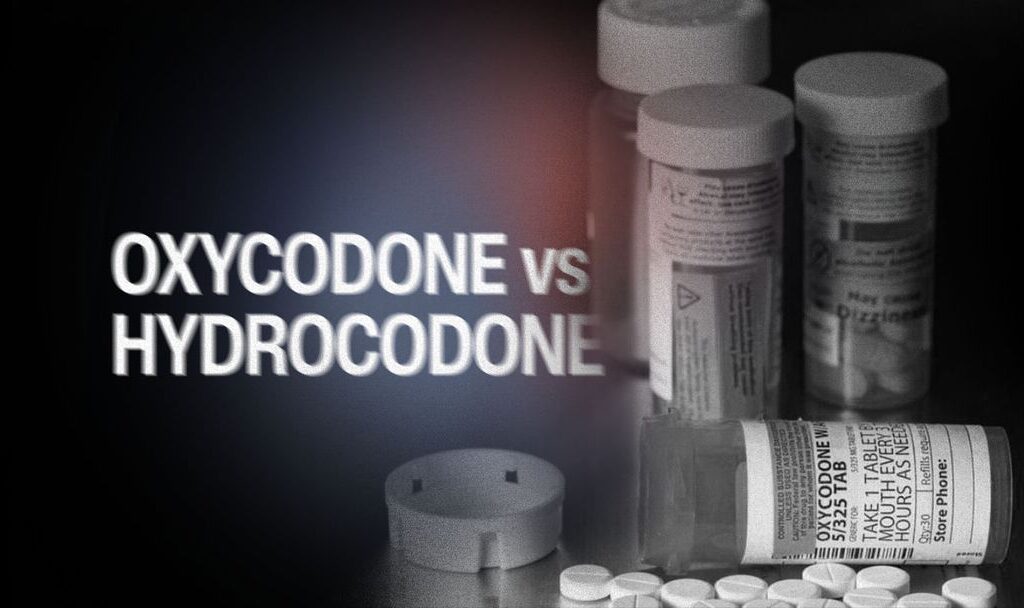
Comparing Oxycodone and Hydrocodone
While oxycodone and hydrocodone are both opioid analgesics and have similar effects, there are some important differences between the two:
- Potency: Oxycodone is generally considered to be more potent than hydrocodone. This means that a lower dose of oxycodone may be needed to achieve the same pain-relieving effect as a higher dose of hydrocodone. oxycodone/apap 5-325 mg
- Availability: Oxycodone is available in immediate-release and extended-release formulations, while hydrocodone is available in immediate-release and extended-release capsules. The immediate-release formulations of both medications provide quick relief from pain, while the extended-release formulations are designed to provide longer-lasting pain relief.oxycodone 5mg side effects
- Combination Medications: Oxycodone is often combined with acetaminophen (oxycodone/APAP), while hydrocodone is often combined with acetaminophen or ibuprofen. These combination medications can provide additional pain relief and may be prescribed when over-the-counter pain relievers are not sufficient.oxycodone 5mg side effects
- Prescribing Regulations: Oxycodone is classified as a Schedule II controlled substance, indicating a higher potential for abuse and stricter prescribing regulations, while hydrocodone is classified as a Schedule III controlled substance. This means that prescriptions for oxycodone are subject to more stringent regulations, such as limitations on the number of refills and the need for a written prescription instead of a phone or electronic prescription. oxycodone/apap 5-325 mg
It is important to note that the choice between oxycodone and hydrocodone depends on various factors, including the severity of the pain, individual patient characteristics, and the healthcare provider’s judgment. The healthcare provider will consider factors such as the patient’s medical history, previous response to pain medications, and any potential drug interactions before making a decision. Additionally, the healthcare provider will closely monitor the patient’s response to the medication and adjust the dosage as needed to provide optimal pain relief while minimizing the risk of side effects and dependence.oxycodone 5mg side effects

Precautions and Considerations
Before taking any medication, including oxycodone or hydrocodone, it is essential to discuss your medical history and any existing conditions with your healthcare provider. Certain conditions or medications may interact with these opioids, potentially leading to adverse effects or reduced efficacy.
For example, individuals with a history of respiratory problems, such as asthma or chronic obstructive pulmonary disease (COPD), may be at a higher risk of experiencing respiratory depression when taking opioids. It is important to inform your healthcare provider about any respiratory conditions you may have.
In addition, certain medications, such as benzodiazepines or other central nervous system depressants, can interact with opioids and increase the risk of sedation, respiratory depression, and even overdose. It is crucial to disclose all the medications you are currently taking to your healthcare provider to ensure there are no potential drug interactions. oxycodone/apap 5-325 mg
Furthermore, individuals with a history of substance abuse or addiction may be at a higher risk of developing opioid dependence or addiction. It is important to discuss your history of substance abuse with your healthcare provider to determine the safest and most appropriate course of treatment.oxycodone 5mg side effects
Additionally, it is crucial to follow the prescribed dosage and duration of treatment. Misuse or overuse of opioids can lead to serious health consequences, including addiction, respiratory depression, and oxycodone/apap 5-325 mg overdose.
It is important to note that abruptly stopping opioid medication can also lead to withdrawal symptoms. Therefore, if you and your healthcare provider decide to what is oxycodone hydrochloride discontinue the medication, a gradual tapering schedule may be recommended to minimize withdrawal symptoms.oxycodone 5mg side effects
If you experience any concerning side effects, such as severe drowsiness, difficulty breathing, or confusion, or have any questions or concerns about your medication, it is important to consult your healthcare provider promptly. They can provide guidance and make any necessary adjustments to your treatment planoxycodone/apap 5-325 mg

 Cart is empty
Cart is empty 
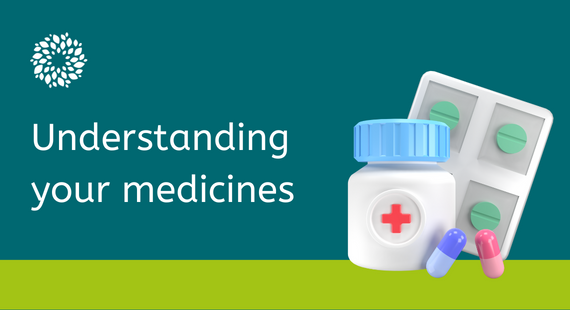

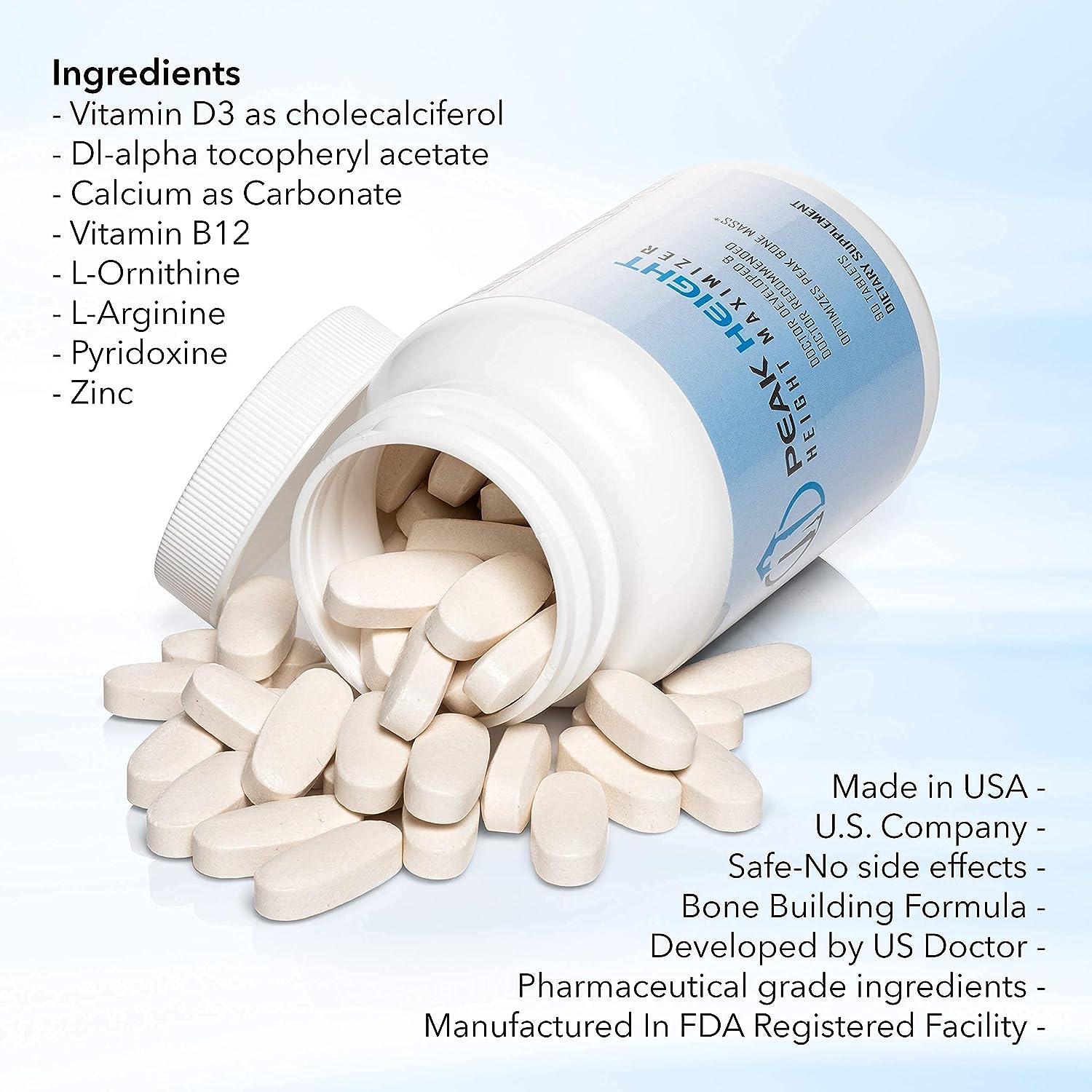

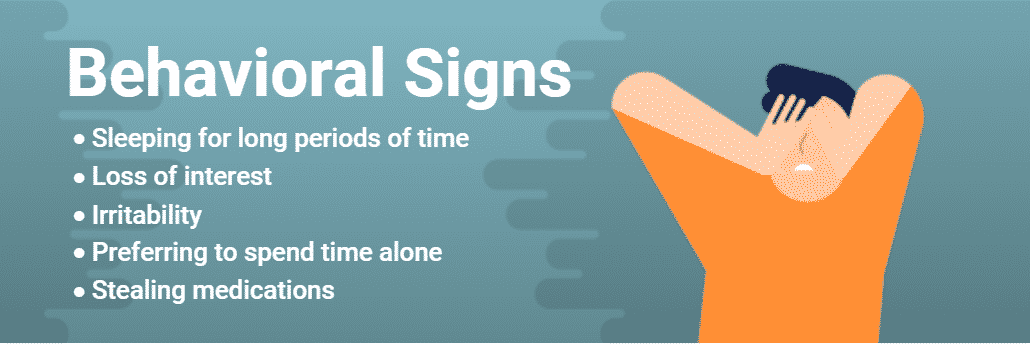



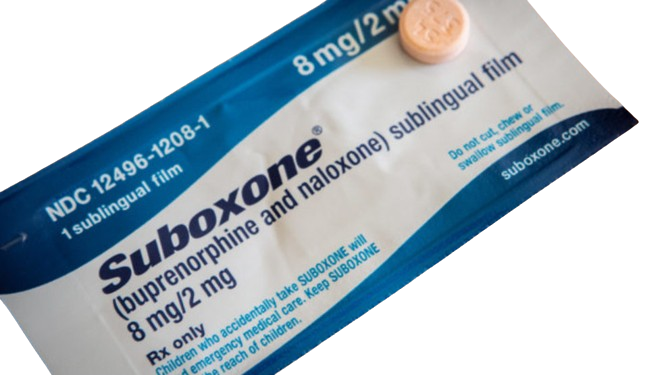

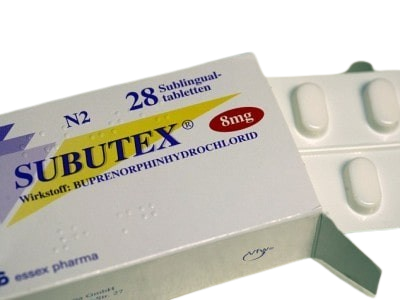

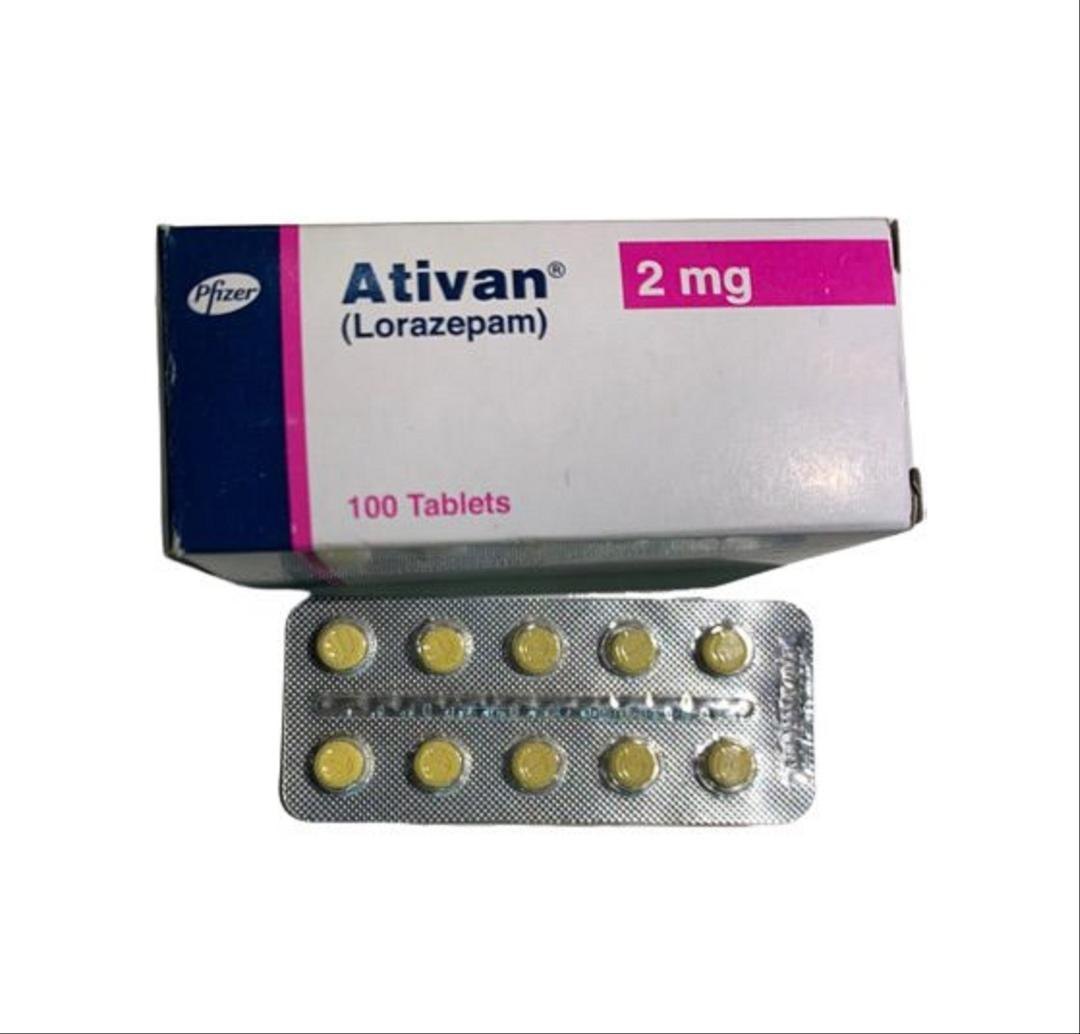

Leave A Comment